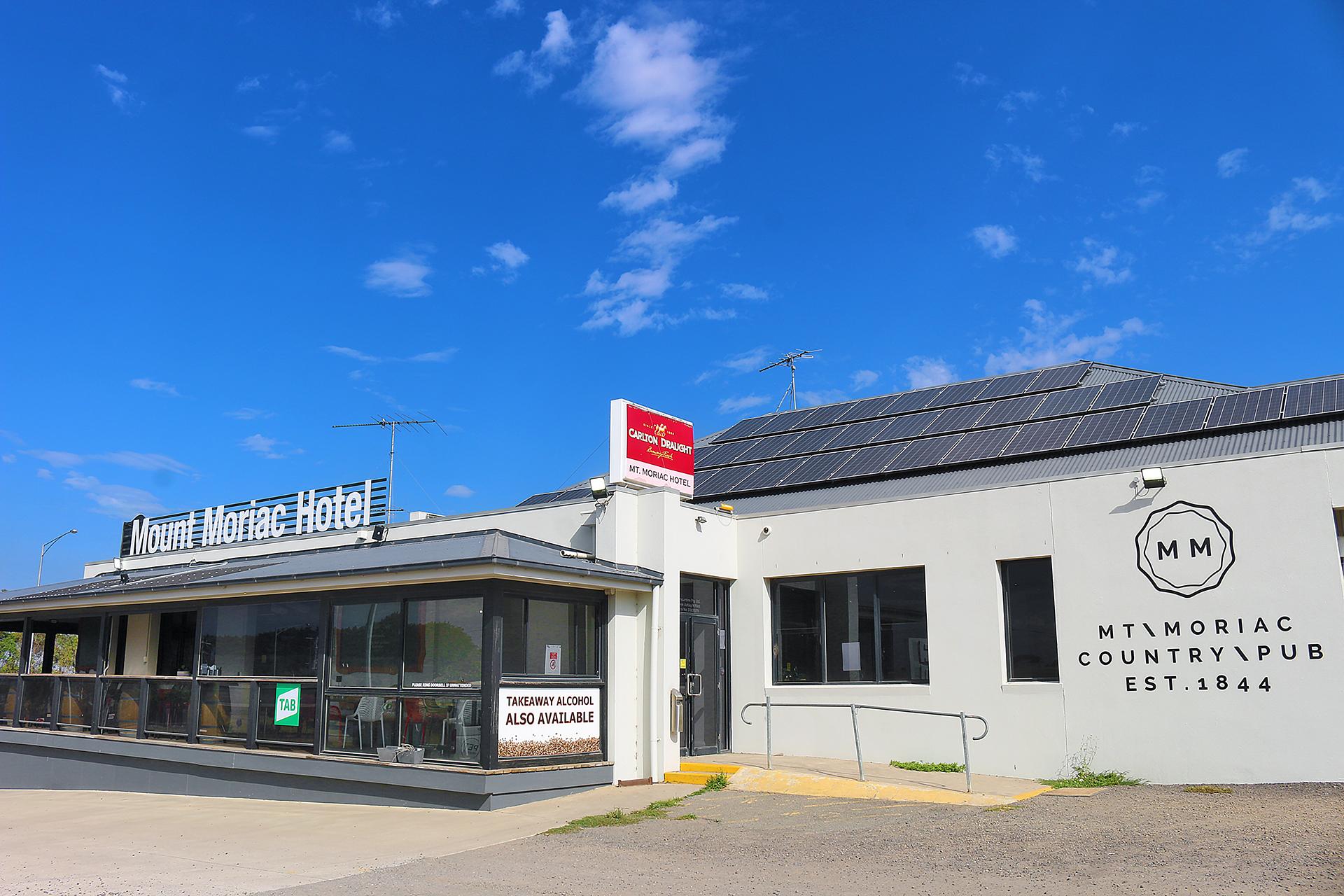The selection of the right tarpaulin color is not merely a matter of aesthetics. In fact, it comes into play during actual use, durability, and safety. The color could make a difference in whether you are covering equipment, shading an area, or establishing a safety buffer. Bright colors such as neon orange would be great for construction sites needing attention, while campers would also prefer durable
Tarpaulin. Choosing the right hue can protect your items, prolong the tarp's life, and keep you safe.
Why Tarpaulin Color Matters
Ultraviolet Protection and Durability
Different colors absorb sunlight differently. Dark shades like black or navy absorb a lot of heat, which weakens the fabric over time. White or silver colors reflect the sunlight, thereby lessening wear and tear. Experts say that lighter colors usually tend to last longer outdoors due to greater strength against UV rays. Hence, your choice of color does assist in keeping a tarp strong even after prolonged exposure to the sun.
Safety and Visibility
Bright shades like yellow or orange not only attract attention, but can literally save lives. In bustling fields or roadside covers, bright colors ensure that everything stays visible even at a distance. That goes a long way to prevent accidents and warn people about danger. This is why those colors are usually opted for by construction sites, emergency zones, or roadside repairs: To help identify sites quickly and efficiently to prevent any mishaps.
Regulation of Temperature and Heat Absorption
The hotter items under cover become caused by dark colors absorbing heat. For example, black tarps can increase greenhouse temperature or outdoor storage ambient temperature. On the other hand, the use of lighter colors, such as white or reflective tarps, reflects heat away, thereby keeping things cool. Right color usage can help in controlling temperature, especially in this sunny environment.
Common Tarpaulin Colors and Their Uses
Black Tarpaulins
Black is all about privacy, how it blocks light, so it retains moisture and forms dark spaces. This load couldn't be damaged in sunlight as it has strong resistance against harmful UV rays.
Black Tarpaulin is commonly used as vapor barriers or to hide objects from sight.
Blue Tarpaulins
Blue is the most generalized color for any covering-they are economical, widely available, and very effective against weather damage. You can use blue tarps to cover outdoor furniture and firewood as well as equipment. Sure, a generic, useful, all-around option for anything you need.
Green Tarpaulins
Green blends perfectly with nature for making things camouflaged in gardens and farms use. Farmers commonly make use of tarpaulin curtains in greenness to conceal crop plants without drawing much attention. Also, green helps in blending with natural background, so it can also provide for some discreet coverage.
Yellow and Orange Tarpaulins
Safety is what these colors are all about, for they are exceptionally visible. Perfect for construction sites, roadside covers, and all those situations that involve emergencies, high visibility is what yellow means, while orange usually attracts more attention in crowded or dangerous places. Whether you choose one or the other depends on the level of alertness you wish to create.
White or Reflective Tarpaulins
The white or reflective tarp cover helps in throwing away heat and is therefore special for shade and cooling. Most outdoor stages, tents, and insulation covers use this kind of material. For a cool and light tarp, go for the white or reflective one.
Factors to Consider When Choosing Tarpaulin Color
Purpose of the Tarpaulin
What am I covering? Is it to be visible, or does it prefer to be invisible? Bright colors will be effective for safety purposes; dark shades will be ideal for privacy or blocking the light. Therefore, defining your goal makes it easy to narrow down your ideal color.
Environmental Conditions
Is your tarp outside going on in the bright full sun? Will it be drenched in rain or blasted by wind? If yes, then the selected colors should be UV-resistant ones such as light shades or black, which last longer outdoors. Consider how the weather might damage or ruin the fabric's color over time.
Safety and Compliance
Is there a restriction anywhere in your area or industry regarding colors? Some safety regulations require bright colors in signs and coverings. Make sure your choice is compliant and won't land you in trouble.
Compatibility with Materials
The color can affect or match the material of the tarp. Thicker fabrics often come in some set colors, and some perform best in certain shades. Always check with your supplier for recommendations based on your material’s design.
Additional Tips for Selecting the Perfect Tarpaulin Color
- For multifunctional use, such as black tarp with reflective stripes for safety and durability.
- Different colors for supply organization blue for supplies, green for garden colors, yellow on safety zones.
- For safety-sensitive applications, select high-visibility colors that aid quick identification of hazards to onlookers.
- Consult with suppliers or experts. They have the best color suggestions fitting your specific needs and environment.
Conclusion
Choosing the proper tarpaulin color is very important for its performance and safety as well. Consider what you will be using it for, the environment it is going to be subjected to, even the safety regulations within your vicinity. Brilliantly colored tarpaulins tend to have better visibility and safety; lighter colored tarpaulins tend to reflect sunlight and last longer in the sun. One should also match a choice with needs as, by doing so, you will have a tarp that works better and which is known for longer durability and safety. So take a moment to assess your situation before buying, and your perfect tarpaulin color will become clear.












































































